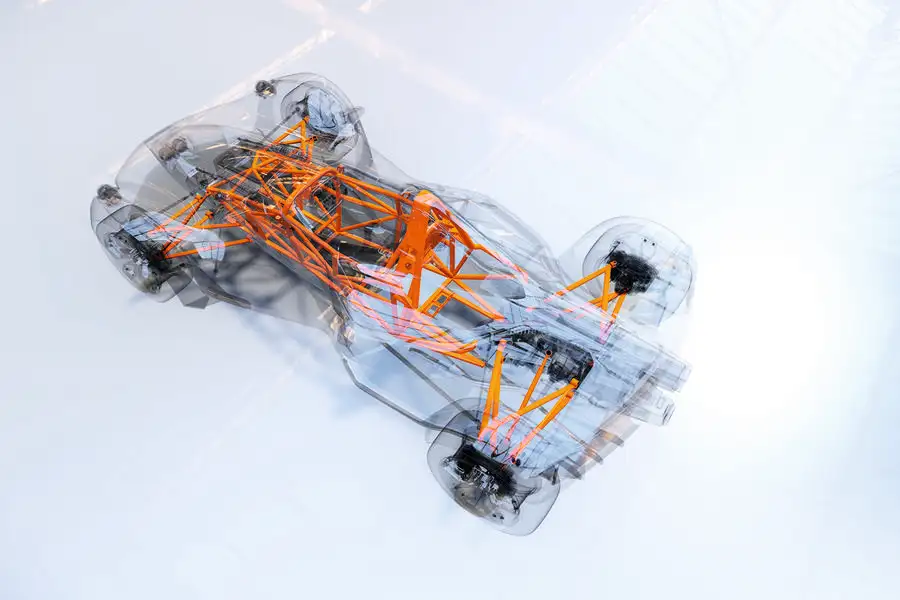Like the straight-six engine we looked at in the 23 September issue, the V8 holds a special place in the hearts of petrolheads. If we’re honest about the reason for that, probably 40% of the appeal is down to its power, torque and smoothness, and the other 60% is the glorious sound it makes.
Why does the V8 work so well? It has good inherent balance, packs a lot of cylinders into a shorter length and can produce plenty of power and torque, because there are four power strokes for each revolution of the crankshaft, compared with just two in a four-cylinder four-stroke engine and three in a six. It’s versatile, too, delivering huge refinement for luxury cars, power for sports cars, muscle cars and racing cars, and shedloads of torque for SUVs and pick-up trucks.
What makes the V8 so different to most other engines is that there are two distinct types, and this has to do with the crankshaft design. A V8 can be thought of as four V-twin engines joined in a row. Although there are eight cylinders, the crankshafts have only four crankpins or ‘journals’ to which their pistons are attached by connecting rods. Each is shared by a pair of opposite cylinders, like a V-twin. In a conventional V8, the journals are arranged at 90deg to one another, so looking from the end of the crank, they form a cross, hence the name. A flat-plane crank has journals arranged at 180deg to one another, so the crankshaft lies flat on a surface, and looking from the end, resembles the letter I.
Why the difference? Flat-plane cranks are lighter and, as the crank journals are at 180deg, the firing order moves sequentially from one cylinder bank to the other: left, right, left, right and so on. This means that exhaust pulses follow one after the other, forming an orderly queue through each exhaust manifold and helping to draw or ‘scavenge’ exhaust from the engine more easily. With a cross-plane crank, one cylinder can fire after another in the same bank, so unless using a complex design of exhaust manifold, exhaust pulses collide and scavenging is less efficient.
The combination of a lighter crankshaft and superior scavenging in a flat-plane V8 lets it rev higher and so makes more power. The downside is inferior balance (piston pairs move in the same direction, like in a four-pot engine), meaning it’s less smooth.
The noise is completely different, too. The flat-plane V8 makes that flat blare typical of V8 supercars and race engines, derived from the fact the engine fires like two screaming four-pots together. In contrast, the cross-plane V8 makes that famous mellifluous offbeat burble for which muscle cars are known, thanks to an uneven firing order.
But both types make for an intoxicating driving experience, and it will be a sad day when the last V8 rumbles off the line.
BAC investigates nobium

https://news.google.com/__i/rss/rd/articles/CBMiYGh0dHBzOi8vd3d3LmF1dG9jYXIuY28udWsvY2FyLW5ld3MvdGVjaG5vbG9neS91bmRlci1za2luLWhvdy1mbGF0LXBsYW5lLWNyYW5rcy1lbmhhbmNlLXY4LWVuZ2luZdIBAA?oc=5
2020-10-18 23:07:14Z
CBMiYGh0dHBzOi8vd3d3LmF1dG9jYXIuY28udWsvY2FyLW5ld3MvdGVjaG5vbG9neS91bmRlci1za2luLWhvdy1mbGF0LXBsYW5lLWNyYW5rcy1lbmhhbmNlLXY4LWVuZ2luZdIBAA
Tidak ada komentar:
Posting Komentar